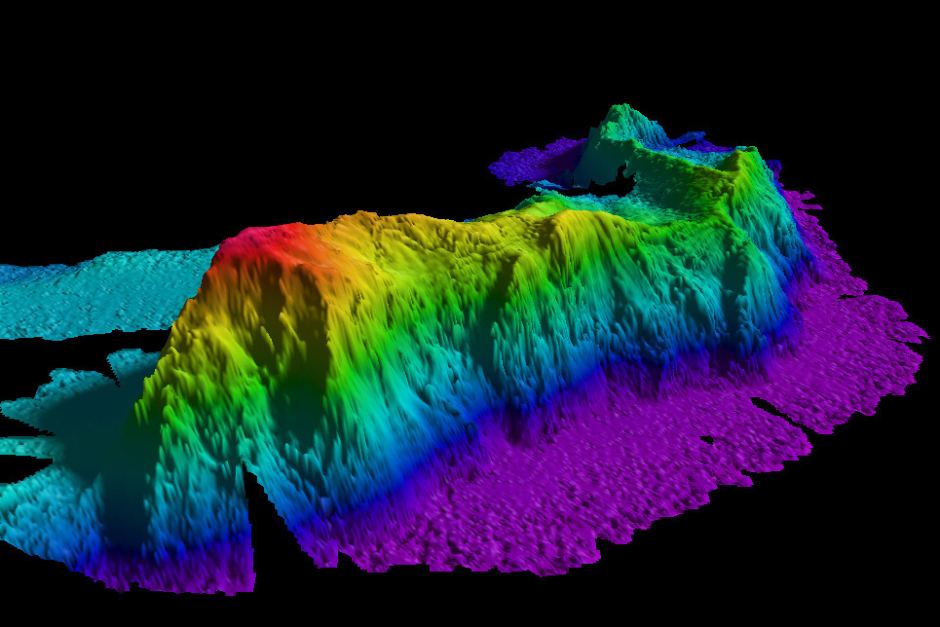
Massive project aims to map the entire ocean floor
A $3 billion project backed by the UN was launched in 2017 to map the Earth’s sea floor. According to experts leading the Seabed 2030 campaign, only nine percent of ocean floor has been mapped in high definition to date.
“If you go to the deep water, to the deep sea, right up in the centre of the Indian Ocean or the Pacific Ocean, you actually could miss entire mountains,” team member Geoffroy Lamarche told ABC.
Even though 71 percent of our planet’s surface is covered with water, less than 18 percent of the ocean floor has been mapped. Only about half of those maps have a high resolution. The scientists behind the new initiative are calling for countries and organizations to contribute data that can be incorporated to develop a map that covers the entire sea floor.
Mao Hasebe is the project coordinator at The Nippon Foundation, a Japanese nonprofit that is supporting Seabed 2030.
“We obviously need a lot of cooperation from different parties – individuals as well as private companies,” said Hasebe. “We think it’s ambitious, but we don’t think it’s impossible.”
The scientists use high-tech multibeam echosounders which transmit acoustic beams from a ship. The way these beams ping back to the boat indicates the depth and topography of the ocean floor, creating data points that are converted into a map.
“With advanced sonar technology it really is like seeing. I think we’ve come out of the era of being the blind man with the stick,” said Robert Larter, a marine geophysicist at the British Antarctic Survey. “We can survey much more efficiently – and, not only that, but in much greater detail.”
The two companies that have contributed the most data to Seabed 2030 so far are the deep-sea mapping firm Ocean Infinity and the Dutch energy prospector Fugro. Both companies were involved in the underwater search for the Malaysian airliner MH370, which vanished in 2014.
—
By Chrissy Sexton, Earth.com Staff Writer
Image Credit: NOAA













